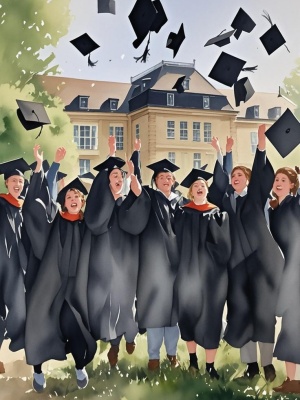The Ultimate Guide to Watercolor Reference Photos
Introduction
Watercolor reference photos are an essential tool for artists looking to create stunning watercolor paintings. Whether you're a beginner or an experienced painter, high-quality reference photos can significantly enhance your artwork by providing inspiration, accurate details, and realistic compositions. In this comprehensive guide, we'll explore the importance of watercolor reference photos, how to choose the best ones, and how to use them effectively in your artistic process. For more artistic inspiration, check out our gallery featuring beautiful watercolor examples.
Why Watercolor Reference Photos Matter
The Foundation of Great Artwork
Watercolor reference photos serve as the foundation for creating realistic and compelling paintings. They help artists capture proper proportions, lighting conditions, and color relationships that might be difficult to imagine from memory alone. Many professional artists, including those featured in our AI Painting Guide, rely on reference photos to maintain accuracy in their work.
Problem-Solution Matrix for Reference Photos
- Problem: Difficulty capturing complex scenes from imagination
- Solution: Use high-resolution reference photos with clear details
- Problem: Struggling with lighting and shadows
- Solution: Choose reference photos with strong directional lighting
- Problem: Color matching challenges
- Solution: Select photos with natural, unaltered color balance
Choosing the Perfect Watercolor Reference Photo
Key Characteristics to Look For
Not all photos make good watercolor reference photos. The ideal reference should have:
- Clear subject matter with distinct shapes
- Good contrast between light and dark areas
- Interesting textures that translate well to watercolor
- Simple composition that won't overwhelm the painting process
- Natural color palette that works with watercolor pigments
Where to Find Quality References
There are several excellent sources for watercolor reference photos:
- Professional stock photo websites (like Unsplash or Pexels)
- Specialized art reference platforms
- Your own photography (the best option for unique compositions)
- Our collection of landscape scenes perfect for watercolor inspiration
Using Reference Photos Effectively
Creative Interpretation vs. Direct Copying
While watercolor reference photos provide valuable information, they shouldn't limit your creativity. Many artists use references as starting points, then:
- Simplify complex elements
- Exaggerate certain features for artistic effect
- Combine elements from multiple references
- Adjust colors to create mood and atmosphere
Technical Considerations
When working from watercolor reference photos, consider these technical aspects:
- Print your reference in black and white to focus on values
- Use grid methods for accurate proportions
- Create value studies before starting your final painting
- Experiment with cropping to find the most interesting composition
Conclusion
Watercolor reference photos are invaluable tools that can elevate your artwork to new levels. By selecting high-quality references and using them creatively rather than literally, you can develop your unique artistic voice while maintaining technical accuracy. Remember that references should inspire rather than constrain - don't be afraid to interpret, simplify, or combine elements to create truly original watercolor paintings. For more artistic guidance, explore our blog featuring various painting techniques and tutorials.

As you continue your watercolor journey, consider building your own library of reference photos tailored to your artistic interests. This personalized collection will become an essential resource that grows with you as an artist. Whether you're painting portraits, landscapes, or abstract compositions, great reference photos will always be your faithful companions in the creative process.